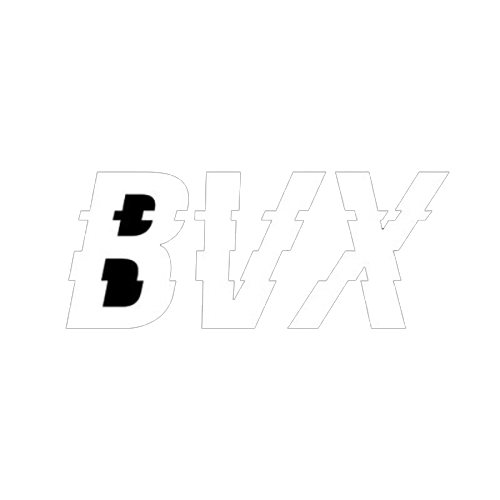French Fashion House, Maison Margiela’s Gamified NFT Minting Experience Is So Addictive
Maison Margiela, one of the fashion brands under the umbrella of OTB, has launched an online multiplayer game that requires participants to sit vigil over a race to mint 24 NFTs, each of which maps to one of the numbers found on the company's iconic clothing label. Blockchain Journal's Customer Journey Analyst Sophie Maxx Waldman has been engaged in the race since it started and explains how the program works from the customer's point of view and what other enterprises and global brands can learn from some of the specifics of the Maison Margiela implementation.
By Sophie Waldman
Published: December 11, 2023

6 min read


The luxury and often mysterious fashion brand Maison Margiela has joined the ranks of other luxury brands (Dolce & Gabbana, Prada, etc.) that are putting blockchain to work to drive new and experiential business outcomes. In Maison Margiela’s case, the company is engaging customers with a gamified NFT minting experience that pits users against each other in a race to mint one unit each of a limited supply of 24 unique NFTs.
Pulling inspiration from the brand’s iconic “house codes” (aka “magic numbers”) that display the numbers 0 through 23 (some of which stand for specific Maison Margiela collections), each of the 24 uniquely defined ERC-1155 NFTs is available in different supply quantities. A key benefit of the ERC-1155 “Multi-Token” specification (versus the ERC-721 NFT specification) is the ability to dynamically grow or shrink the supply of tokens. Using ERC-1155 NFTs for customer engagement programs is typically an indicator that the NFT holders will be able to redeem them for some future value. However, true to its traditionally mysterious form (and creating a fair amount of excitement around the launch), Maison Margiela has not disclosed the eventual purpose of these NFTs.
Gameplay: How The Competition Works
After the numbers 0-23 are displayed on the screen, a timer counts down from 23 seconds as one of the numbers is outlined with a black circle. Although it takes 23 seconds to fully encircle a number, users typically do not have the luxury of the full 23 seconds to mint an NFT, because all of the online players are in a race against each other to mint that number’s NFT first. In the image below, the number 3 had recently finished and the number 4 is in the process of being slowly encircled, indicating that the race is on to mint a unit of Maison Margiela’s number 4 NFT.


The experience is a public multiplayer game. So, as soon as a user wins the race to mint a token (by being the first to click or tap the “Mint” button), the countdown resets for all players and the process restarts at 0, as shown in the video below. If numerous players go to mint at once, only the quickest will succeed in minting that token.
This video shows an accelerated version of Maison Margiela's gamified NFT minting user experience
Once the player successfully mints an NFT, it is displayed in black to indicate they already hold that number and cannot mint it again. For example, in the image above, I have already minted the NFTs for the numbers 0, 1, 2, and 3 and I’m competing against other online players to be the fastest to mint the NFT for the number 4.
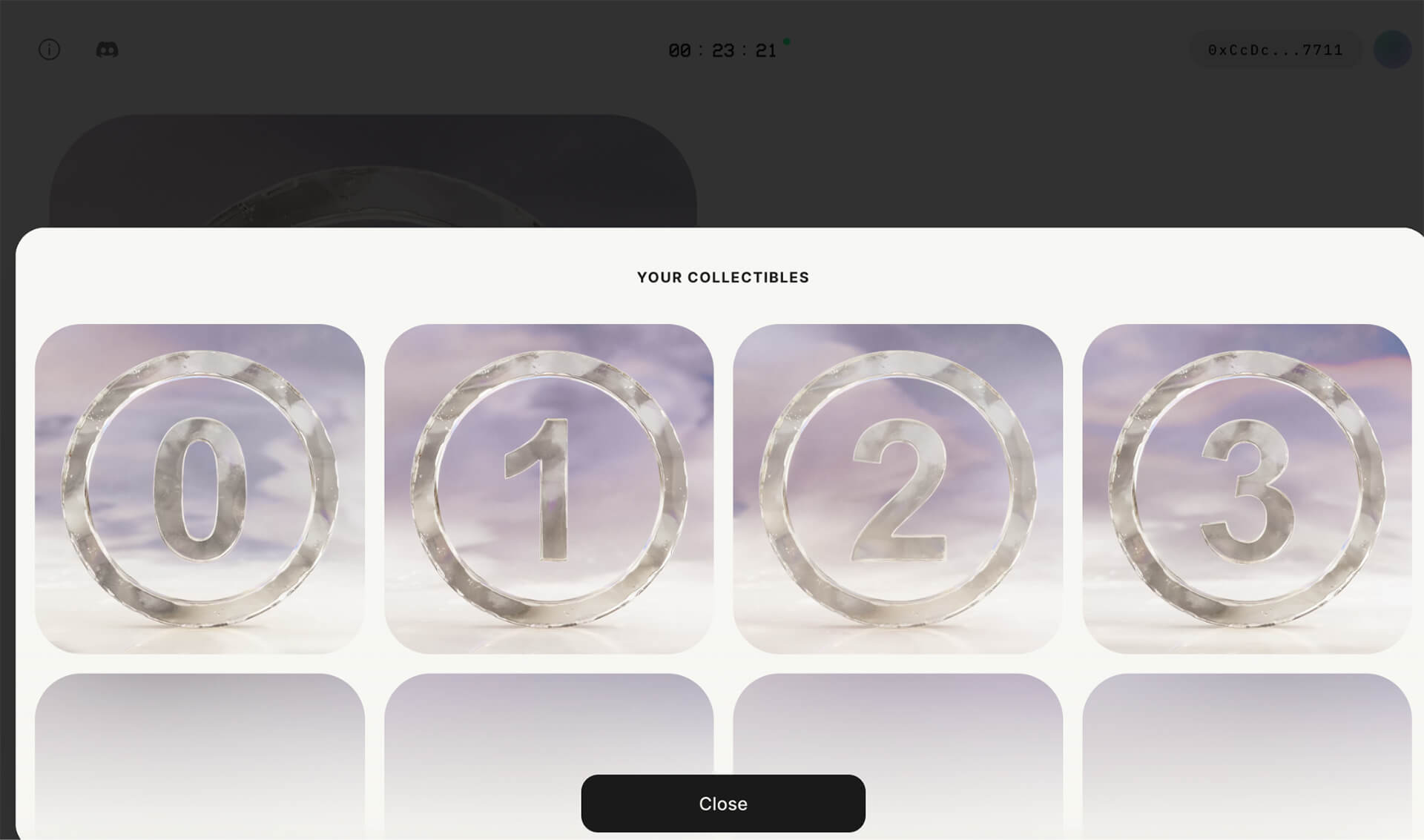

Similar to other NFT programs, the Maison Margiela experience gives users the option of viewing the collectibles they hold so far. Behind the scenes, Maison Margiela knows the user’s wallet address and queries the Polygon public distributed ledger to see which of its NFTs (using the NFT’s smart contract address as the NFT’s unique identifier) are held by that wallet address.
Each NFT is also a soul-bound token (SBT), meaning it can never be transferred out of the minter’s original wallet. One reason that NFT program operators opt for SBTs is to send a clear message to regulators that the token has no value on the secondary market, and therefore should be viewed as a utility token versus one with tradeworthy monetary value that authorities might consider to be a security. Further supporting the possibility that Maison Margiela could be following this path is the token’s ERC-1155 nature, the utility of which is typically for the future redemption for something else; perhaps another NFT or for entry into some forthcoming token-gated experience. In Maison Margiela’s case, only time will tell.
Adding to the experience, the supply for each collectible is limited, so once the supply for an NFT runs out, that numbered NFT cannot be minted anymore. At the time that this NFT customer journey review was published, the number 0 was closed for further minting.
The NFTs’ supplies do range as well; there are 15,000 number 0s and only 742 number 23s, as shown in Maison Margiela’s disclosure below.


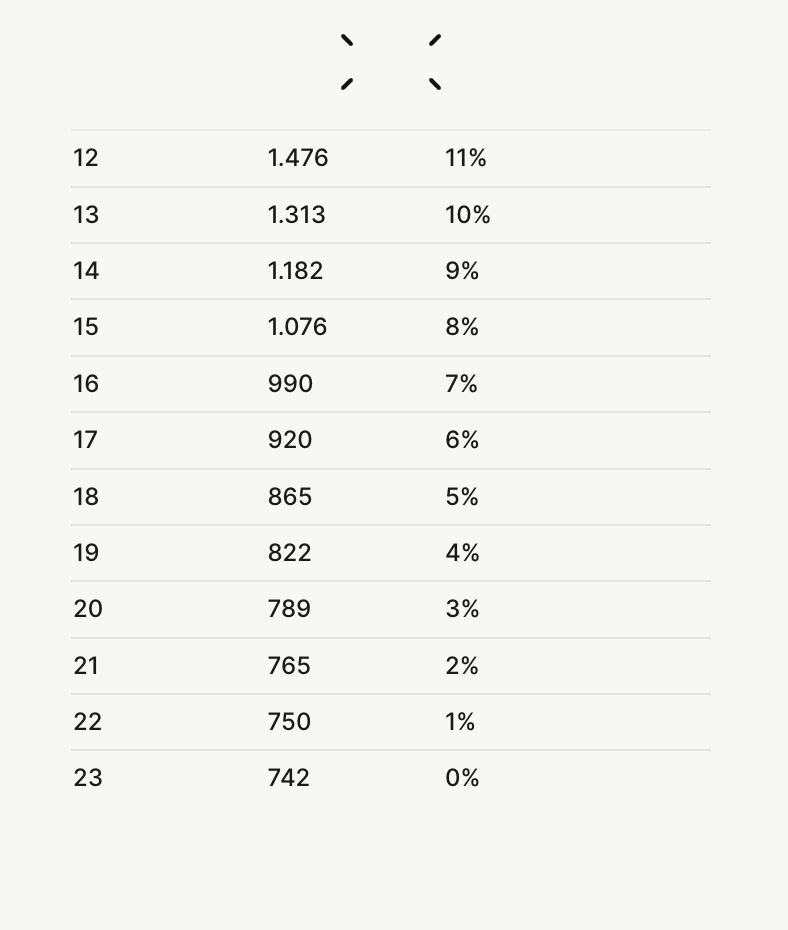

As a player of the game myself, I feel a bit at peace seeing that the number 0’s supply is already sold out while also knowing I’m one the 15,000 holders. The public supply instills a sense of hope toward the game continuing since this fast-paced strategic experience is super equitable, yet also feels nearly impossible.
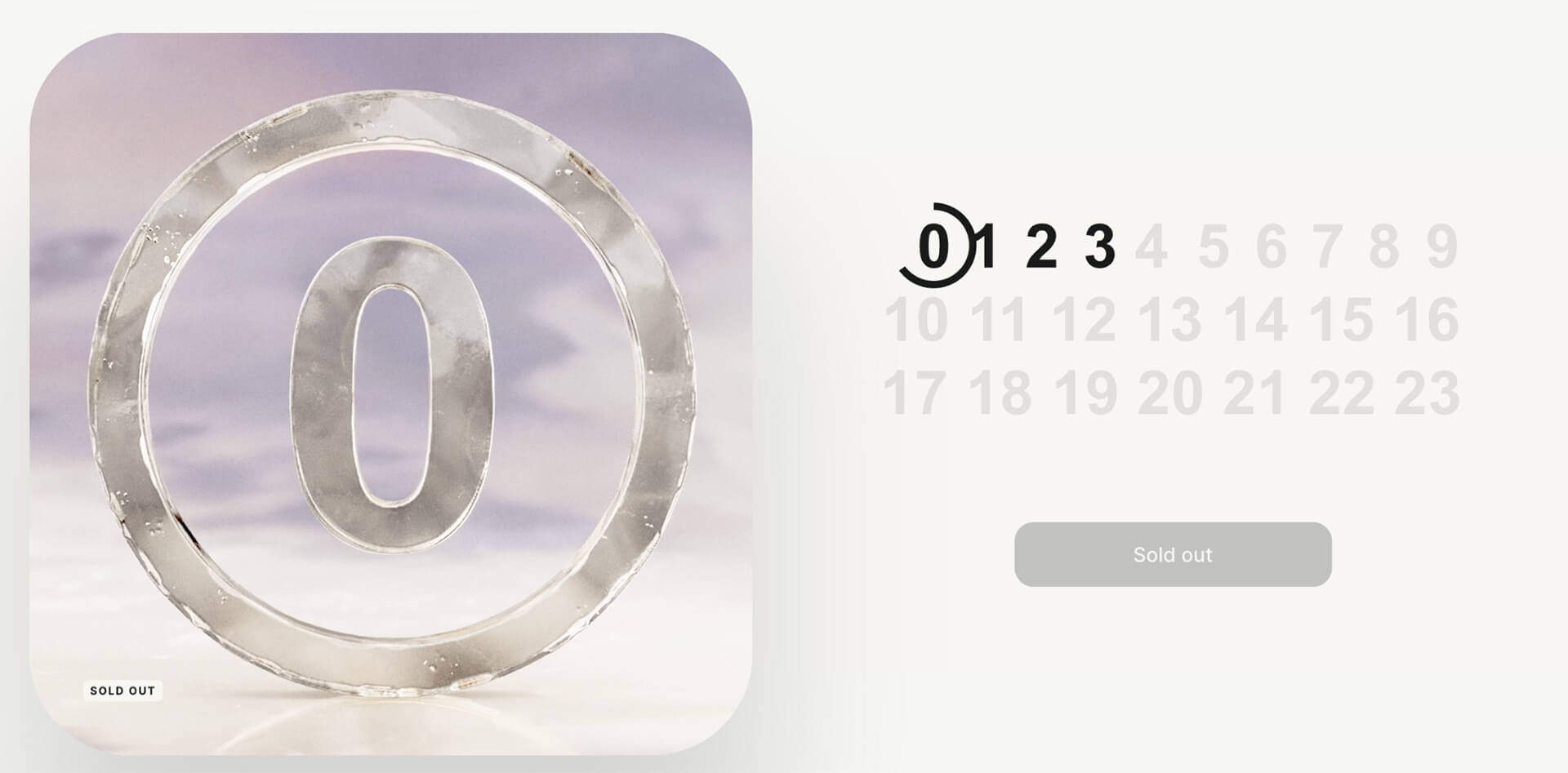

Even though the number 0 is sold out (see the button underneath the numbers), the race reset starts with number 0 anyway. This image shows that the player has minted numbers 0, 1, 2, and 3 so far (each displayed in black.)
I’ve personally been playing the game since the launch and have yet to witness the number progress past number 6. Although, according to the contract’s on-chain data, the furthest number that the game has reached is 17, which currently has only three unique mints (see image below).


All of the mints are absolutely free, including the zero gas fees, which is an extremely rare case to see within a blockchain experience of this nature. The NFTs are minted on Polygon and the entire experience is supported by the Aura Blockchain Consortium, a blockchain solution non-profit established by luxury groups like LVMH, Maison Margiela’s parent company OTB, Prada, Mercedes-Benz, and others.
According to the website, “the game ends when the first 100 users have minted and collected all numbers, or at the Maison’s own discretion.”
Additionally, those winners will have access to the “soon-to-be-revealed next stage of Maison Margiela’s Web3 Roadmap.”
Seamless Integration
At first, the simplicity of the game seems to provide little room for error or options, but it ends up being an addictive month-plus-long experience that keeps players guessing what the next stage will bring.
According to OpenSea, just under 30,000 tokens have been minted (at the time of writing) and the experience has about 15,550 different players. It is important to note that this number represents unique wallets, so we don’t entirely know how many players have multiple wallets in the running.
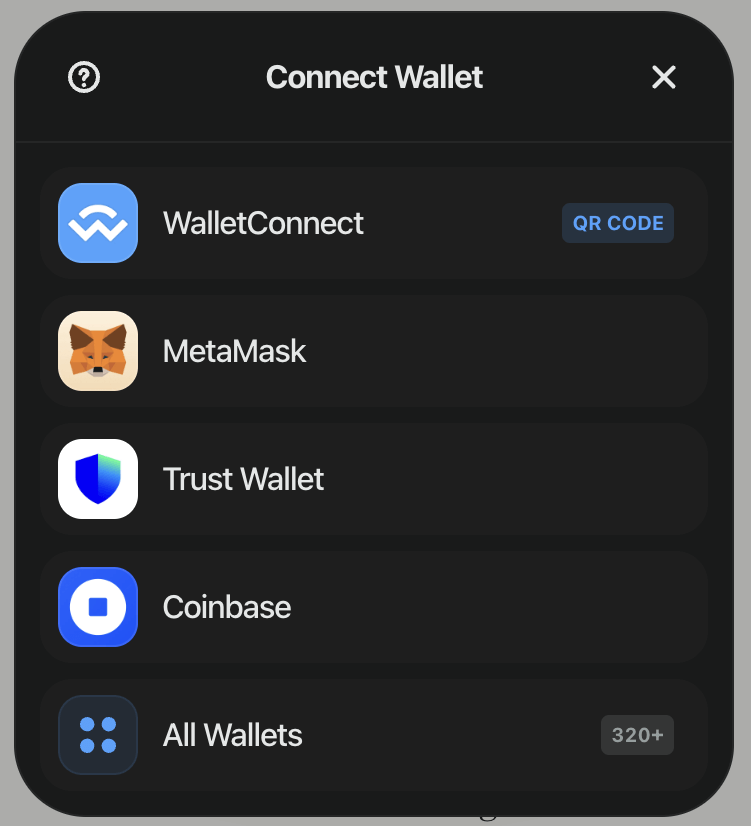

The experience is compatible with multiple wallets like MetaMask, Trust Wallet, CoinBase, and 300+ others via Wallet Connect.
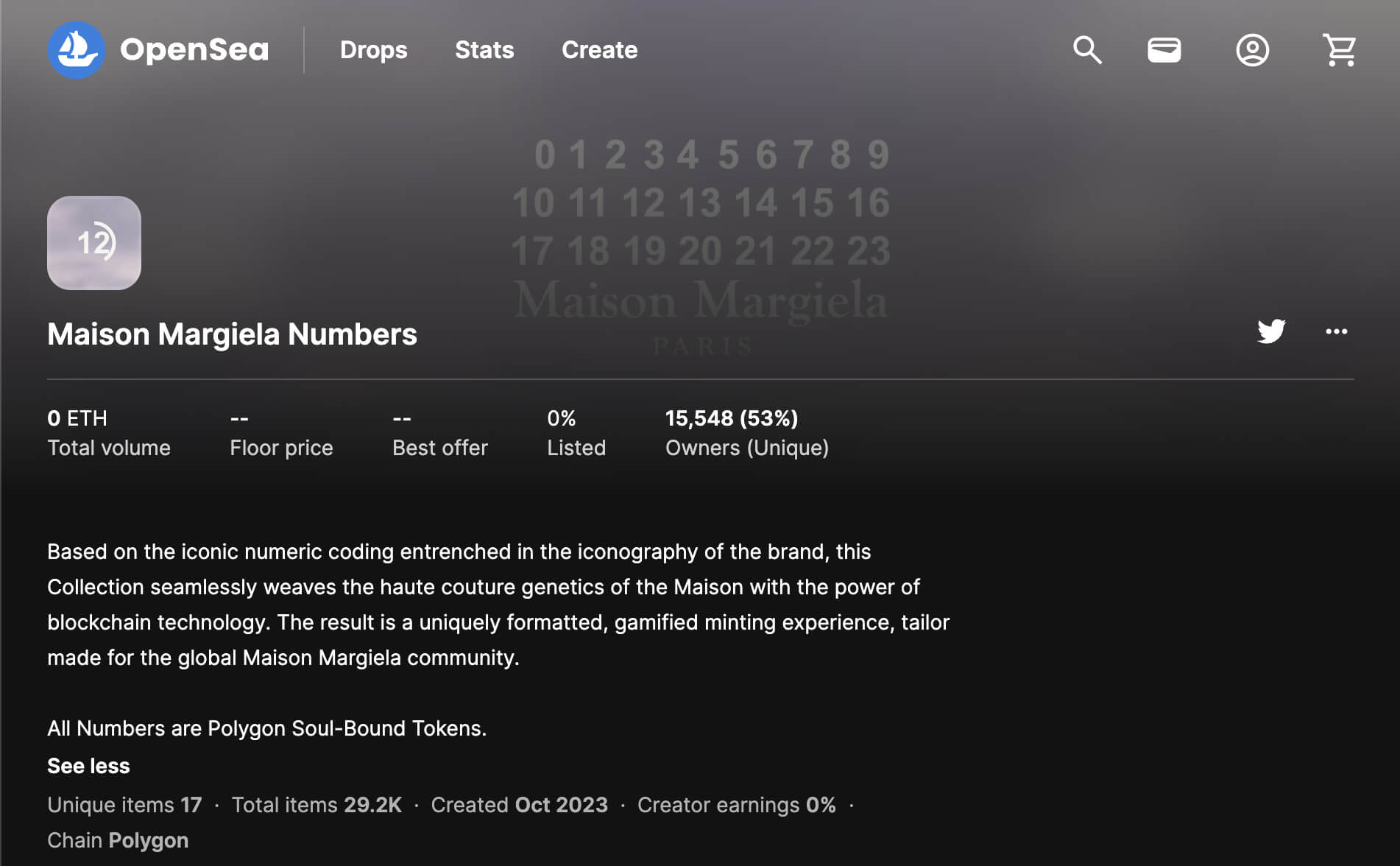

Users also do not need to switch between blockchains or even hold any balance in crypto to mint, providing a seamless minting process.
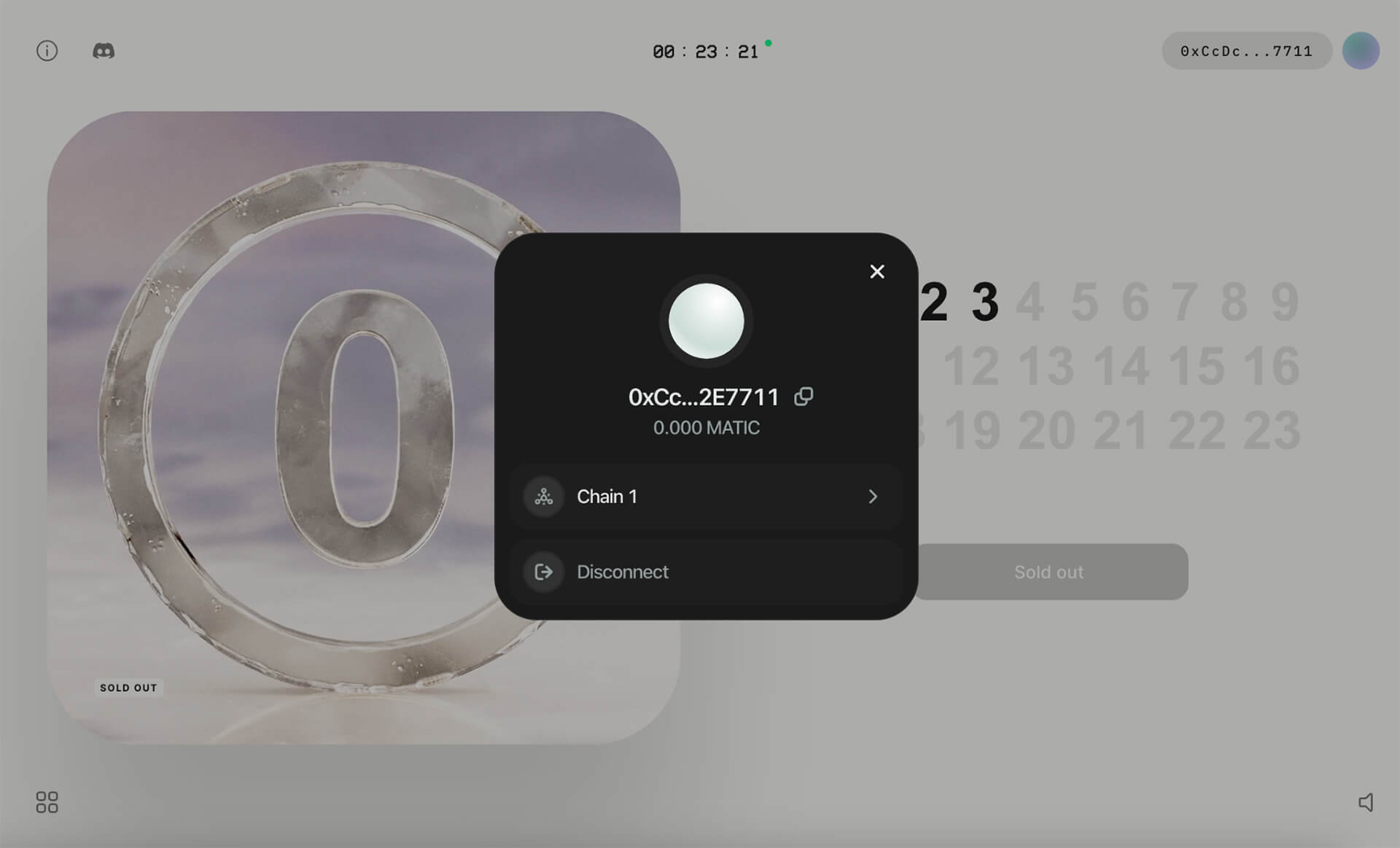

It is important to mention that users are not required to connect an email address, meaning the brand would rather integrate with users' existing wallets, rather than providing custodial wallets. This differs from brands like Starbucks and Nike, who have issued custodial wallets for customers on the backend of their Web3 experiences.
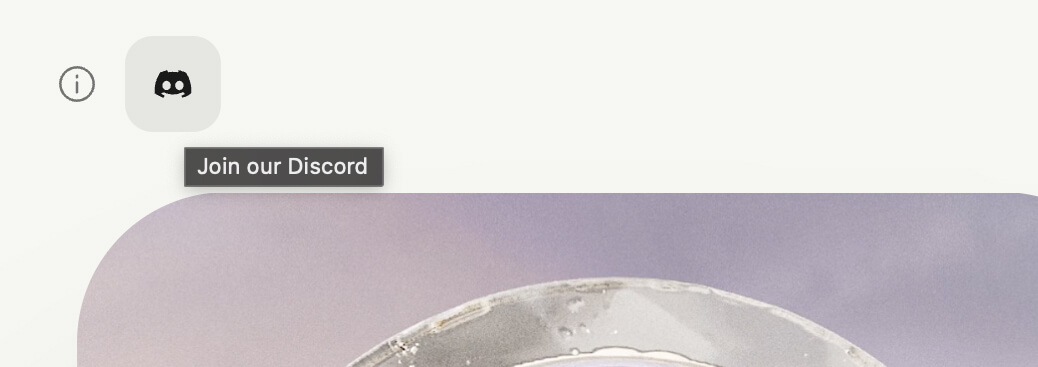

Without an email or account system initially in place, the experience lacked a direct means of connecting with and providing support to users. When the Maison Margiela team recognized this shortcoming, they launched a dedicated Maison Margiela channel within the BVX Discord server during the first week of the game.
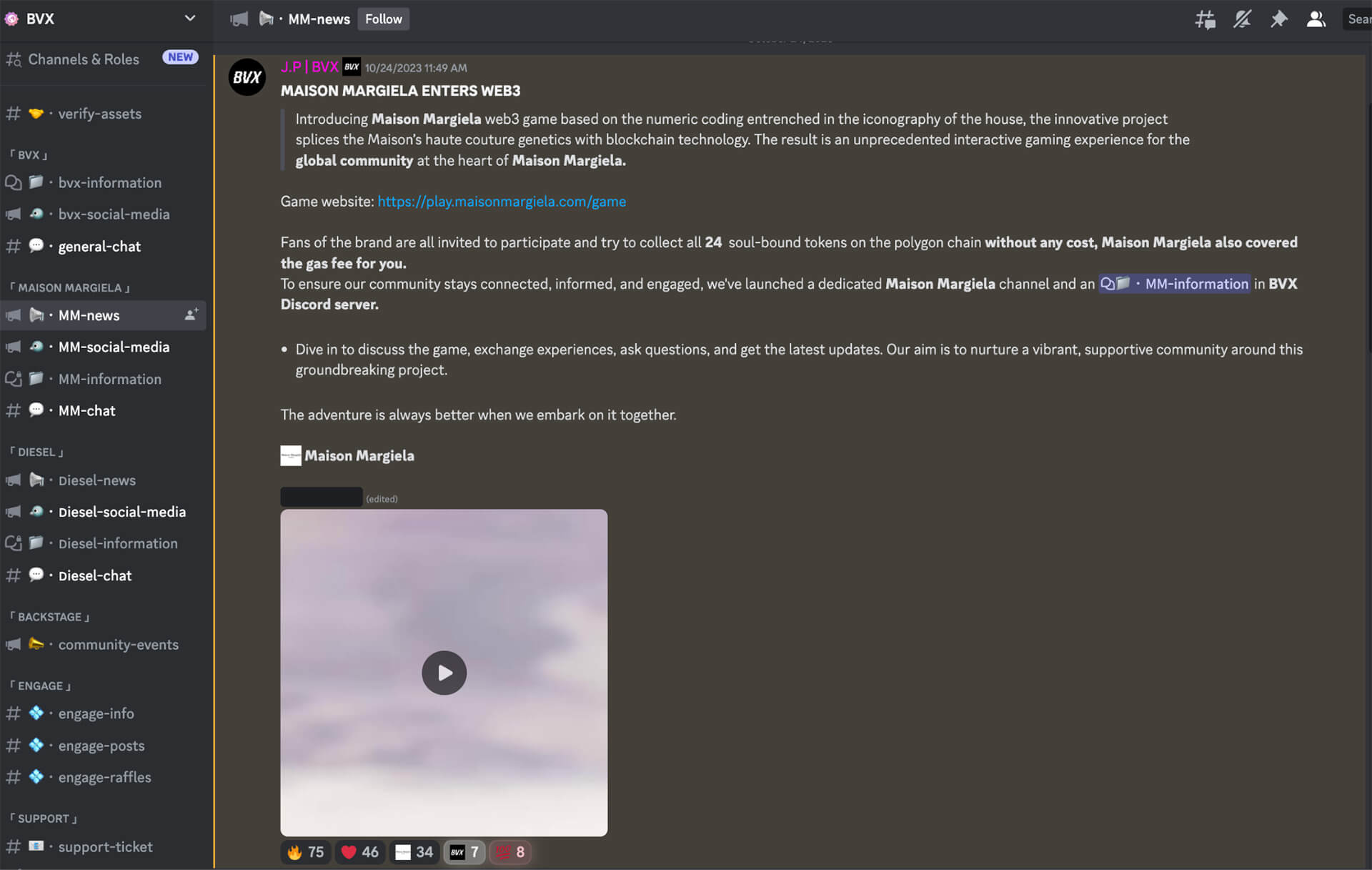

According to Discord, the channel was launched “to ensure our community stays connected, informed, and engaged.”
Who is BVX or "Brave Virtual Xperience?”
This experience was created and powered by Brave Virtual Xperience (BVX), the Web3 studio of Margiela’s parent company, OTB Group. BVX was formed in November 2021 by OTB chairman, Renzo Rosso and Stefano Ross, who currently serves as the CEO of BVX. The new initiative is focused on the gaming industry, NFTs, the metaverse, and enriching customer experiences in the digital realm. Currently, BVX is also working on Diesel’s Web3 strategy with the Metamorph project, which was brought to life through a collaboration between Diesel and Fossil Group. Diesel is another fashion brand operated by the OTB.











